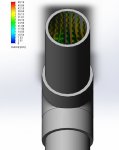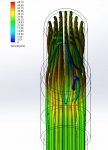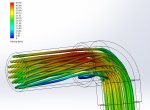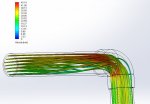A few months ago we moved into a house with a smallish pool that was built in 1993. Over the winter we didn't need to run the pump much so the inefficiency wasn't a huge deal. Now that things are warming up it's time to replace.
I found a nine month old Intelliflo on Craigslist for a good price. I had this pump on my old pool so I know how efficient it will be. I've never replaced a pool pump but have done a fair amount of PVC work on irrigation piping.
I'm soliciting tips on the best way to install the pump. The manual says that I need 5x the pipe OD of straight run on the intake side. This is just shy of 12" on my 2" pipe (OD of 2.38"). My current pump has maybe 2x the OD before the elbow. What's the best way to solve this issue?
Thanks in advance.
I found a nine month old Intelliflo on Craigslist for a good price. I had this pump on my old pool so I know how efficient it will be. I've never replaced a pool pump but have done a fair amount of PVC work on irrigation piping.
I'm soliciting tips on the best way to install the pump. The manual says that I need 5x the pipe OD of straight run on the intake side. This is just shy of 12" on my 2" pipe (OD of 2.38"). My current pump has maybe 2x the OD before the elbow. What's the best way to solve this issue?
Thanks in advance.








